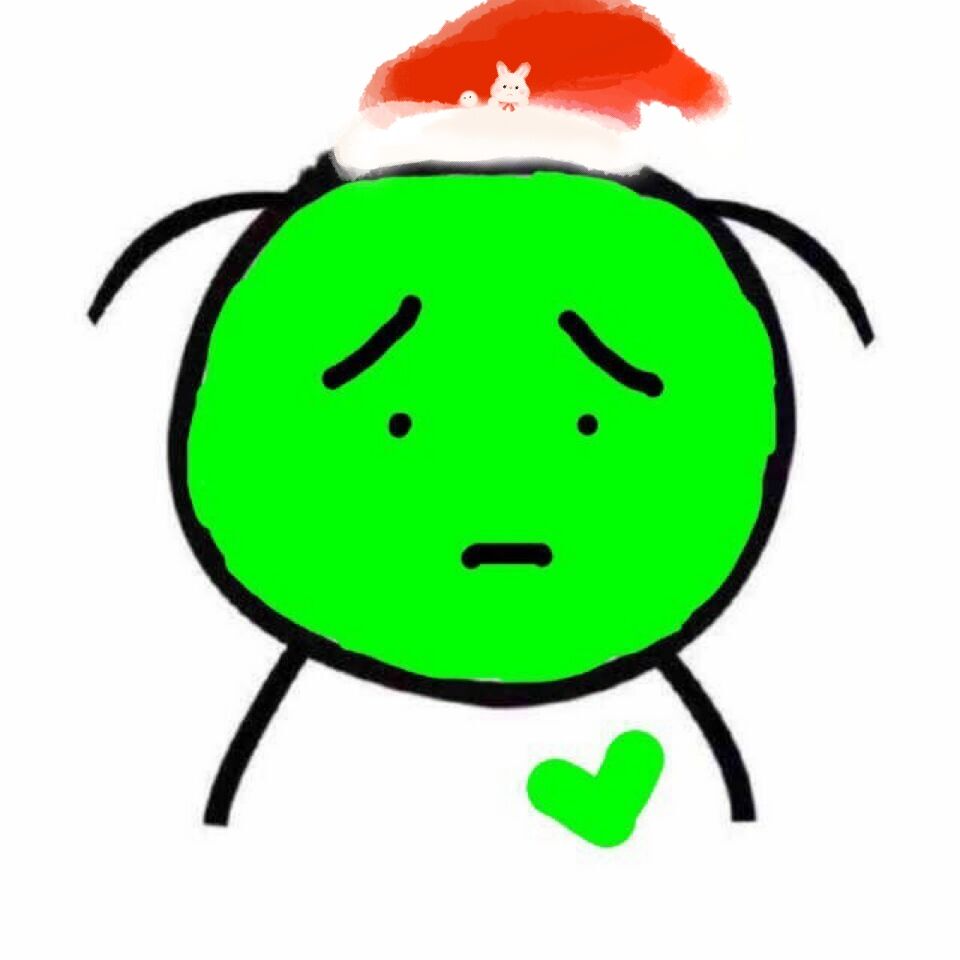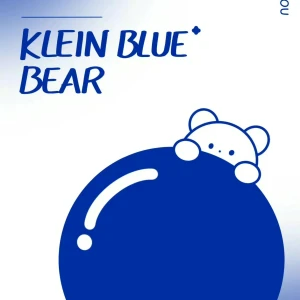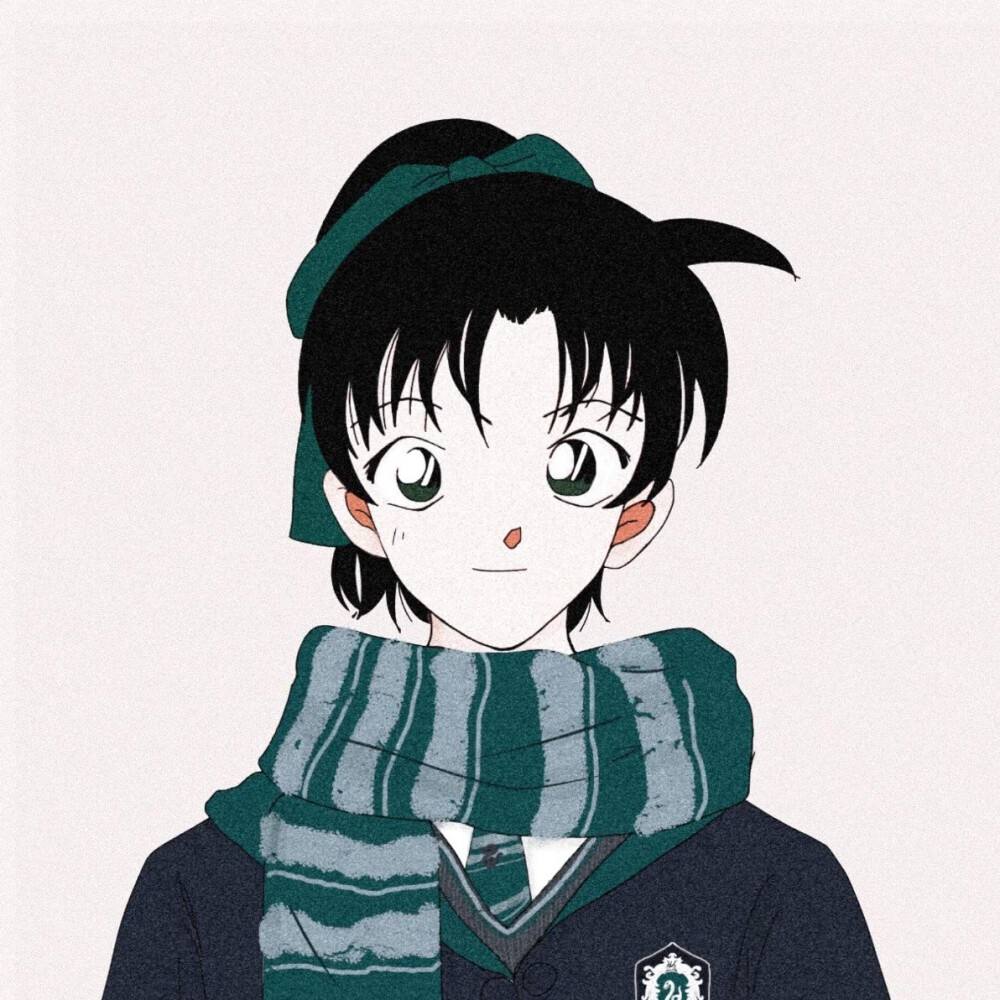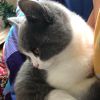 大鱼炖火锅
大鱼炖火锅 -
你自己选择!~
第一种
Mid-autumn Day
Mid-autumn Day is a Chinese festival. It usually comes in September or October .On that day we usually eat a big dinner and mooncakes. It is said "Hou Yi" missed his wife, so he made mooncakes. It looks like the moon. There are many kinds of mooncakes. They are small round cakes with meat, nuts or something sweet inside . eating mooncakes has been our custom. Families stay outside in the open air eat a big dinner and mooncakes. The most important thing is looking at the moon, On that day, the moon kooks brighter and rounder. We call this moon the full moon. On that day, families get together, so we call this day getting –together. This is Mid –autumn Day. I love it very much. Because on that day I can eat mooncakes. And my brother comes back home. He works outside all year. Only that day and the Spring Festival. He comes back. So that day I am especially happy. On that day my family gets together
◆第一种
The joyous Mid-Autumn Festival was celebrated on the fifteenth day of the eighth moon,around the time of the autumn equinox(秋分). Many referred to it simply as the “Fifteenth of the Eighth Moon”.
This day was also considered as a harvest festival since fruits,vegetables and grain had been harvested by this time and food was abundant. Food offerings were placed on an altar set up in the courtyard. Apples,pears,peaches,grapes,pomegranates(石榴),melons,oranges and pomelos(柚子)might be seen. Special foods for the festival included moon cakes,cooked taro(芋头)and water caltrope(菱角),a type of water chestnut resembling black buffalo horns. Some people insisted that cooked taro be included because at the time of creation,taro was the first food discovered at night in the moonlight. Of all these foods,it could not be omitted from the Mid-Autumn Festival.
The round moon cakes,measuring about three inches in diameter and one and a half inches in thickness,resembled Western fruitcakes in taste and consistency. These cakes were made with melon seeds(西瓜子),lotus seeds(莲籽),almonds(杏仁),minced meats,bean paste,orange peels and lard(猪油). A golden yolk(蛋黄)from a salted duck egg was placed at the center of each cake,and the golden brown crust was decorated with symbols of the festival. Traditionally,thirteen moon cakes were piled in a pyramid to symbolize the thirteen moons of a “complete year,” that is,twelve moons plus one intercalary(闰月的)moon.
The Mid-Autumn Festival is a traditional festivity for both the Han and minority nationalities. The custom of worshipping the moon can be traced back as far as the ancient Xia and Shang Dynasties(2000 B.C.-1066 B.C.). In the Zhou Dynasty(1066 B.C.-221 B.C.),people hold ceremonies to greet winter and worship the moon whenever the Mid-Autumn Festival sets in. It becomes very prevalent in the Tang Dynasty(618-907 A.D.)that people enjoy and worship the full moon. In the Southern Song Dynasty(1127-1279 A.D.),however,people send round moon cakes to their relatives as gifts in expression of their best wishes of family reunion. When it becomes dark,they look up at the full silver moon or go sightseeing on lakes to celebrate the festival. Since the Ming(1368-1644 A.D. )and Qing Dynasties(1644-1911A.D.),the custom of Mid-Autumn Festival celebration becomes unprecedented popular. Together with the celebration there appear some special customs in different parts of the country,such as burning incense(熏香),planting Mid-Autumn trees,lighting lanterns on towers and fire dragon dances. However,the custom of playing under the moon is not so popular as it used to be nowadays,but it is not less popular to enjoy the bright silver moon. Whenever the festival sets in,people will look up at the full silver moon,drinking wine to celebrate their happy life or thinking of their relatives and friends far from home,and extending all of their best wishes to them.
Moon Cakes
There is this story about the moon-cake. during the Yuan dynasty(A.D. 1280-1368)China was ruled by the Mongolian people. Leaders from the preceding Sung dynasty(A.D. 960-1280)were unhappy at submitting to the foreign rule,and set how to coordinate the rebellion without being discovered. The leaders of the rebellion,knowing that the Moon Festival was drawing near,ordered the making of special cakes. Backed into each moon cake was a message with the outline of the attack. On the night of the Moon Festival,the rebels successfully attached and overthrew the government. Today,moon cakes are eaten to commemorate this legend and was called the Moon Cake.
For generations,moon cakes have been made with sweet fillings of nuts,mashed red beans,lotus-seed paste or Chinese dates(枣子),wrapped in a pastry. Sometimes a cooked egg yolk can be found in the middle of the rich tasting dessert. People compare moon cakes to the plum pudding and fruit cakes which are served in the English holiday seasons.
Nowadays,there are hundreds varieties of moon cakes on sale a month before the arrival of Moon Festival
◆第二种
Mooncakes are to Mid-Autumn Festival what mince pies are to Christmas. The seasonal round cakes traditionally have a sweet filling of lotus seed paste or red bean paste and often have one or more salted duck eggs in the center to represent the moon. And the moon is what this celebration is all about. Mid-Autumn Festival falls on the 15th day of the 8th month, it is the time when the moon is said to be at its brightest and fullest. This year the festival falls on October 1.
There are two legends which claim to explain the tradition of eating mooncakes. One Tang Dynasty myth holds that the Earth once had 10 suns circling it. One day all 10 suns appeared at once, scorching the planet with their heat. It was thanks to a skillful archer named Hou Yi that the Earth was saved. He shot down all but one of the suns. As his reward, the Heavenly Queen Mother gave Hou Yi the Elixir of Immortality, but she warned him that he must use it wisely. Hou Yi ignored her advice and, corrupted by fame and fortune, became a tyrannical leader. Chang-Er, his beautiful wife, could no longer stand by and watch him abuse his power so she stole his Elixir and fled to the moon to escape his angry wrath. And thus began the legend of the beautiful woman in the moon, the Moon Fairy.
The second legend has it that during the Yuan Dynasty, an underground group led by Zhu Yuan Zang was determined to rid the country of Mongolian dominance. The moon cake was created to carry a secret message. When the cake was opened and the message read, an uprising was unleashed which successfully routed the Mongolians. It happened at the time of the full moon, which, some say, explains why mooncakes are eaten at this time.
Mooncakes are usually stamped with Chinese characters indicating the name of the bakery and the type of filling used. Some bakeries will even stamp them with your family name so that you can give personalised ones to friends and family. They are usually presented in boxes of four which indicate the four phases of the moon. Traditional mooncakes are made with melted lard, but today vegetable oil is more often used in the interests of health.
Mooncakes are not for the diet-conscious as they are loaded with calories. The best way to wash down one of these sticky cakes is with a cup of Chinese tea, especially Jasmine or Chrysanthemum tea, which aids the digestion.
中秋节吃月饼就像西方人圣诞节吃百果馅饼一样,是必不可少的。圆圆的月饼中通常包有香甜的莲子馅或是红豆馅,馅的中央还会加上一个金黄的咸鸭蛋黄来代表月亮。而月亮正是中秋节庆祝的主题。每年农历8月15日人们一起庆祝中秋,据说这一天的月亮是一年中最亮最圆的。今年的中秋节恰好是阳历的10月1日(中国的国庆日)。
关于吃月饼这个传统的来历有两个传说。一个是唐朝的神话故事,说的是当时地球被10个太阳包围着。有一天10个太阳同时出现在天空中,巨大的热量几乎把地球烤焦了。多亏一位名叫后羿的神箭手射下了9个太阳,地球才被保住。为了奖励后羿,王母娘娘赐给后羿一种长生不老药,但是王母警告他必须正当使用。然而后羿没有理会王母娘娘的警告,他被名利冲昏了头脑,变成了一个暴君。后羿美丽的妻子嫦娥对他的暴行再也不能袖手旁观,于是她偷走了后羿的长生不老药,飞到月亮上逃避后羿的狂怒。从此就有了关于月宫仙子嫦娥,这个月亮上的美丽女人的传说。
第二个传说讲的是在元朝,朱元璋领导的起义军计划起义来摆脱蒙古族的统治。他们用月饼来传递密信。掰开月饼就可以找到里面的密信,起义军通过这种方式成功的发动了起义,赶走了元朝的统治者。这场起义发生在八月十五之时,于是中秋节吃月饼的习俗便在民间传开来。
 北境漫步
北境漫步 -
The Mid-Autumn Festival
The Mid-Autumn is a very important Chinese festival. It falls on the 15th day of August. A few days before the festival, everyone in the family will help to make the house clean and beautiful. Lanterns will be hung in front of the house.
On the evening there will be a big family dinner. People who work far away from their homes will try to come back for the union. After dinner, people will light the lanterns which are usually red and round. Children will play with their own toy lanterns happily.
At night the moon is usually round and bright. People can enjoy the moon while eating moon-cakes which are the special food for this festival. They can look back on the past and look forward to the future together. It is said that there was a dragon in the sky. The dragon wanted to swallow up the moon. To protect the frighten the dragon away.
中秋节
中秋节是中国一个很重要的节日,在八月十五号。在节日来临的前几天,家庭中的每一个人都帮着打扫房子,把房子装扮得漂漂亮亮的,灯笼挂在屋前。
晚上有一顿美餐,离家在外工作的人也要回来团圆。晚饭后,人们点亮灯笼,一般是红色的圆灯笼。孩子们会高高兴兴地玩他们的玩具灯笼。
晚上月亮又圆又大,人们在赏月的同时吃着中秋节特别的食品——月饼。人们在一起回顾过去,展望未来。据说天上有一条龙,它要把月亮吞下去。为了保护月亮,孩子们要弄出很大的响动把龙吓跑。
http://www.google.cn/search?hl=zh-CN&q=middle+autumn+festival+&btnG=Google+%E6%90%9C%E7%B4%A2&meta=&aq=f&oq=
 小n
小n -
Mid-autumn Day
Mid-autumn Day is a Chinese festival. It usually comes in September or October .On that day we usually eat a big dinner and mooncakes. It is said "Hou Yi" missed his wife, so he made mooncakes. It looks like the moon. There are many kinds of mooncakes. They are small round cakes with meat, nuts or something sweet inside . eating mooncakes has been our custom. Families stay outside in the open air eat a big dinner and mooncakes. The most important thing is looking at the moon, On that day, the moon kooks brighter and rounder. We call this moon the full moon. On that day, families get together, so we call this day getting –together. This is Mid –autumn Day. I love it very much. Because on that day I can eat mooncakes. And my brother comes back home. He works outside all year. Only that day and the Spring Festival. He comes back. So that day I am especially happy. On that day my family gets together
 天涯
天涯 -
Mid-autumn Day is a Chinese festival. It usually comes in September or October .On that day we usually eat a big dinner and mooncakes. It is said "Hou Yi" missed his wife, so he made mooncakes. It looks like the moon. There are many kinds of mooncakes. They are small round cakes with meat, nuts or something sweet inside .
 北有云溪
北有云溪 -
The Moon Festival or Mid –autumn Festival is one of the three major traditional festivals celebrated by Chinese people. Like harvest time in other countries, the Mid-autumn Festival actually began as a thanksgiving celebration, honoring the Soil God and the Crop God.
 cl
cl -
The
joyous
Mid-Autumn
Festival,
the
third
and
last
festival
for
the
living,
was
celebrated
on
the
fifteenth
day
of
the
eighth
moon,
around
the
time
of
the
autumn
equinox.
Many
referred
to
it
simply
as
the
"Fifteenth
of
the
Eighth
Moon".
In
the
Western
calendar,
the
day
of
the
festival
usually
occurred
sometime
between
the
second
week
of
September
and
the
second
week
ofOctober.
This
day
was
also
considered
a
harvest
festival
since
fruits,
vegetables
and
grain
had
been
harvested
by
this
time
and
food
was
abundant.
With
delinquent
accounts
settled
prior
to
the
festival
,
it
was
a
time
for
relaxation
and
celebration.
Food
offerings
were
placed
on
an
altar
set
up
in
the
courtyard.
Apples,
pears,
peaches,
grapes,
pomegranates
,
melons,
oranges
and
pomelos
might
be
seen.
Special
foods
for
the
festival
included
moon
cakes,
cooked
taro,
edible
snails
from
the
taro
patches
or
rice
paddies
cooked
with
sweet
basil,
and
water
caltrope,
a
type
of
water
chestnut
resembling
black
buffalo
horns.
Some
people
insisted
that
cooked
taro
be
included
because
at
the
time
of
creation,
taro
was
the
first
food
discovered
at
night
in
the
moonlight.
Of
all
these
foods,
it
could
not
be
omitted
from
the
Mid-Autumn
Festival.
The
round
moon
cakes,
measuring
about
three
inches
in
diameter
and
one
and
a
half
inches
in
thickness,
resembled
Western
fruitcakes
in
taste
and
consistency.
These
cakes
were
made
with
melon
seeds,
lotus
seeds,
almonds,
minced
meats,
bean
paste,
orange
peels
and
lard.
A
golden
yolk
from
a
salted
duck
egg
was
placed
at
the
center
of
each
cake,
and
the
golden
brown
crust
was
decorated
with
symbols
of
the
festival.
Traditionally,
thirteen
moon
cakes
were
piled
in
a
pyramid
to
symbolize
the
thirteen
moons
of
a
"complete
year,"
that
is,
twelve
moons
plus
one
intercalary
moon.
Origin
The
Mid-Autumn
Festival
is
a
traditional
festivity
for
both
the
Han
and
minority
nationalities.
The
custom
of
worshipping
the
moon
(called
xi
yue
in
Chinese)
can
be
traced
back
as
far
as
the
ancient
Xia
and
Shang
Dynasties
(2000
B.C.-1066
B.C.).
In
the
Zhou
Dynasty(1066
B.C.-221
B.C.),
people
hold
ceremonies
to
greet
winter
and
worship
the
moon
whenever
the
Mid-Autumn
Festival
sets
in.
It
becomes
very
prevalent
in
the
Tang
Dynasty(618-907
A.D.)
that
people
enjoy
and
worship
the
full
moon.
In
the
Southern
Song
Dynasty
(1127-1279
A.D.),
however,
people
send
round
moon
cakes
to
their
relatives
as
gifts
in
expression
of
their
best
wishes
of
family
reunion.
When
it
becomes
dark,
they
look
up
at
the
full
silver
moon
or
go
sightseeing
on
lakes
to
celebrate
the
festival.
Since
the
Ming
(1368-1644
A.D.
)
and
Qing
Dynasties
(1644-1911A.D.),
the
custom
of
Mid-Autumn
Festival
celebration
becomes
unprecedented
popular.
Together
with
the
celebration
there
appear
some
special
customs
in
different
parts
of
the
country,
such
as
burning
incense,
planting
Mid-Autumn
trees,
lighting
lanterns
on
towers
and
fire
dragon
dances.
However,
the
custom
of
playing
under
the
moon
is
not
so
popular
as
it
used
to
be
nowadays,
but
it
is
not
less
popular
to
enjoy
the
bright
silver
moon.
Whenever
the
festival
sets
in,
people
will
look
up
at
the
full
silver
moon,
drinking
wine
to
celebrate
their
happy
life
or
thinking
of
their
relatives
and
friends
far
from
home,
and
extending
all
of
their
best
wishes
to
them.
Moon
Cakes
 王木生
王木生 -
Mid-autumn
Day
is
a
Chinese
festival.
It
usually
comes
in
September
or
October
.On
that
day
we
usually
eat
a
big
dinner
and
mooncakes.
It
is
said
"Hou
Yi"
missed
his
wife,
so
he
made
mooncakes.
It
looks
like
the
moon.
There
are
many
kinds
of
mooncakes.
They
are
small
round
cakes
with
meat,
nuts
or
something
sweet
inside
.
eating
mooncakes
has
been
our
custom.
Families
stay
outside
in
the
open
air
eat
a
big
dinner
and
mooncakes.
The
most
important
thing
is
looking
at
the
moon,
On
that
day,
the
moon
kooks
brighter
and
rounder.
We
call
this
moon
the
full
moon.
On
that
day,
families
get
together,
so
we
call
this
day
getting
–together.
 晓月
晓月 -
middle autumn festival
 陶小凡
陶小凡 -
The Mid-Autumn Festival began in the early Tang Dynasty and prevailed in the Song Dynasty. By the Ming and Qing Dynasties, it had become one of the traditional Chinese festivals with the same reputation as the Spring Festival。
Influenced by Chinese culture, Mid-Autumn Festival is also a traditional festival for some countries in East and Southeast Asia, especially for local Chinese and overseas Chinese. Since 2008, Mid-Autumn Festival has been listed as a national legal holiday。
